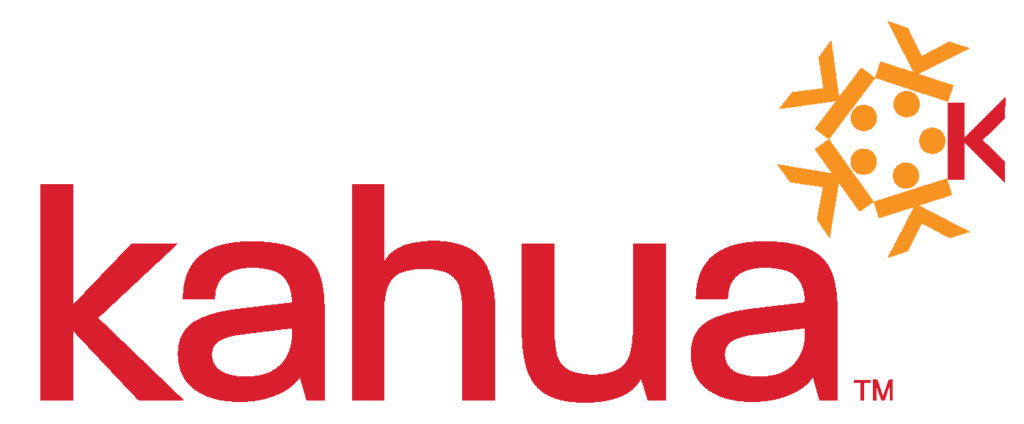What Does “Connected Construction” Mean to You?
The term “connected construction” is often used these days to paint a picture of the bright future of how technology companies envision improving collaboration and thus project outcomes. But each voice seems to understand the concept differently, and therefore each uses the term differently.
On a recent podcast, Procore CEO Tooey Courtemanche spoke about acquiring other software companies and their products. When asked what was next, he replied, “We will never stop until we are done connecting everyone in construction on a global platform …” In this context, connected construction means the entire project team collaborates on Procore’s SaaS-based PMIS (project management information systems), usually provided by the general contractor (GC) on the project. Everyone works inside the walls of a single project deployment, with access to the pieces they need as they need them. In this sense, the team is “connected” inside the GC’s Procore database.
These advantages are the same as they were when companies like Constructware and e-Builder (now Trimble e-Builder) first brought PMIS to the internet in the 1990s. Using the cloud to communicate allows real-time collaboration, an obvious benefit to any complex business process. And a construction project is the sum of hundreds of complex business processes. The benefits are so impactful that the previous market leaders (Meridian’s Prolog and Primavera’s Expedition) were forced to quickly web-enable their products and begin the move to the SaaS model.
Long before Procore acquired its first complimentary software company, Trimble and Autodesk began using the same strategy to connect more players by acquiring more pieces. Trimble has acquired over 100 companies and Autodesk over 50. Again, each speaks about connected construction differently. Each company is also heavily invested in BIM technology, and their PMIS solutions attempt to leverage data from their varied design and field technologies. When they speak about connected construction, it often means connecting BIM data to other data sources and vice versa. While these solutions have been popular, their architecture lacks true scalability, connectivity and data ownership between all constituents of a program.
In a post for ConstructionExec.com earlier this year, Jim Lynch, the VP for Construction at Autodesk said, “The very foundation of connected construction is a common data environment (CDE) …,” and then went on to refer to this foundation as “a centralized platform for data.” The term “platform” also gets used very differently. For Trimble and Autodesk, it means a suite of different products that potentially can share data.
At Kahua we use the term more accurately. A platform, when referring to software, means “an operating system, an operating environment or a database, under which various smaller application programs can be designed to run.” More on this later, but for now understand that neither Trimble nor Autodesk tools are all built on a single software platform. Each company has a broad suite of tools, some of which are built on the same baseline technology, but most were acquired.
Why does it matter? Because connecting one software platform to another requires a complicated integration. These integrations make great sense for an enterprise but are not practical at a project level. For example, the GC will often pay to integrate with its back-office accounting system. After all, cost information must flow from project teams to accounting teams, and back again, for all the GC’s projects. It’s best if this can be automated by an integration. But the GC nor the sub nor the owner would ever try to integrate with each other’s various systems for a single project.
Cross-organizational integrations at a project level are not practical because they are not scalable to other projects. They are not scalable because most projects have a unique set of participants, and each participant has its own set of uniquely configured systems.
Each scenario brings a different value. Each version of connected construction is better than unconnected construction. But none address the problem that SaaS-based PMIS created years ago – the problem of data ownership. When everyone is allowed to access the same data for the sake of collaboration, who owns the data? If the construction owner has a PMIS tool, the GC must add data into the owner’s PMIS and then also its own PMIS.
Subcontractors always have to do this kind of double-entry of data to accommodate the GC. Much of the efficiency gained by collaboration is lost to redundant data entry. And risk is introduced. The ideal scenario is for a universal common platform that each party could use and own its own piece. Enter Kahua …
Kahua – Hawaiian for “platform” or “foundation”
Kahua has built a low code/no-code application platform (LCAP) with the most accommodating APIs available for data interoperability. This flexibility allows a sub to enter cost information in its own Kahua database, for example, on a Payment Application. Its Kahua database can then be connected to a GC’s Kahua database to receive the appropriate documentation and the important cost data elements. An owner can then review this information in its Kahua database, to approve or forecast or any reason the team determines. Each party owns its own data set and its own piece of the process.
To expand this scenario, Kahua could talk to competing products, but again, one-off integrations do not make financial sense. Kahua-to-Kahua data exchange is built-in. While Kahua is not yet the universal common platform that all industry tools are built on, neither was Amazon the universally popular shopping experience until the majority of retail shoppers began to use it. As the first low-code construction project management platform providing PMIS solutions, Kahua is in prime position to become our industry’s Amazon.
Today our clients are taking advantage of the ability to once and for all eliminate the need for double data entry. With so many of the largest owners and contractors now utilizing Kahua, this kind of technology advance will soon become an obvious advantage for project teams.
To summarize, there are three common examples for the term connected construction used by PMIS vendors.
- Procore: Everything in one place, but the one place belongs to one party. All other parties leave their data at the door
- Trimble: (e-Builder) & Autodesk: Everything in several places, accessible as needed and connected as a series of one-off integrations or not connected at all
- Kahua: Each party connecting its own data appropriately from one PMIS to another
Data has become the most valuable commodity, not just to owners of construction but to everyone. If ownership and control of the data you create is important to you, Kahua brings the “Connected Construction” you want and need.
As these words and phrases morph into buzzwords and slogans, be sure you’re utilizing the most accurate definition. That will largely determine how successful you are in finding the right solution for your enterprise.
Postscript: The difficulty of integrating different software systems that were not created with each other in mind is evidenced by the track record of acquisitions. Autodesk did not integrate Revit with AutoCAD, rather it replaced AutoCAD with Revit. It did not integrate Constructware with any of its existing tools; it announced Constructware’s retirement just a few years after the acquisition. Procore acquired Honest Buildings in 2019, but these products have not been combined into one. Trimble has announced the retirement of former Meridian products ProLog and Proliance. Trimble still sells e-Builder as a SaaS model, but it has little or no connection to other Trimble products.


